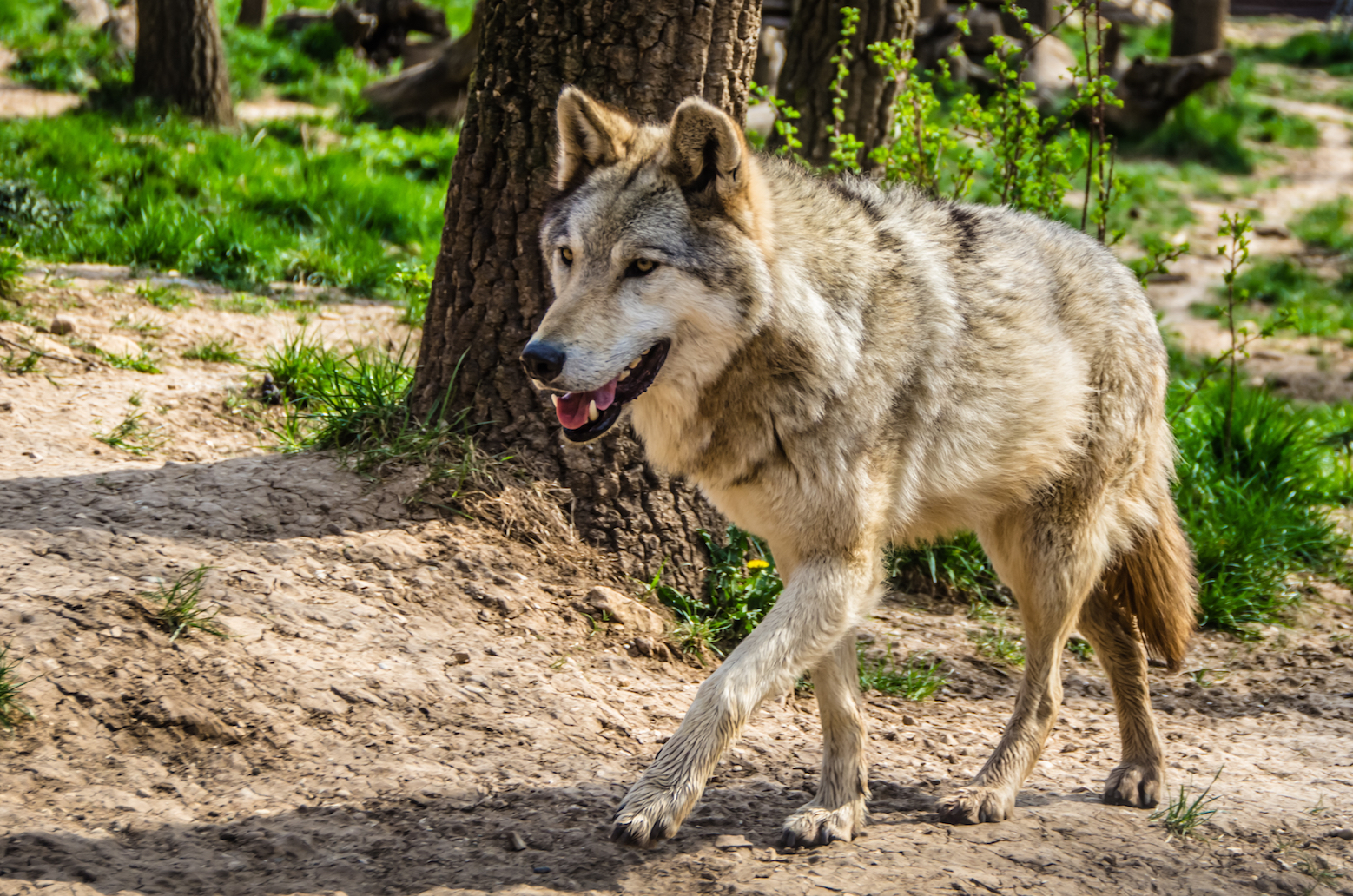
In the early hours of 26 April 1986, a faulty reactor at the Chernobyl nuclear power facility in Ukraine, manned by poorly trained personnel, exploded, creating an inferno that raged for 10 days and spewed a toxic cloud into the skies. Two workers were killed instantly and a further 28 succumbed to acute radiation poisoning within the first fourth months—many of whom had knowingly put themselves in harm’s way to lock down the facility to prevent further catastrophe.
Tens of thousands were evacuated from the area, including 12,000 from the nearby town of Chernobyl, and a further 43,000 from the city of Pripyat. While the final death toll is often cited as being around 50, thousands more are believed to have since died from cancers caused by radiation exposure. Soon after the accident, the woodland in the immediate areas perished and adopted a rusty hue, leading it to be nicknamed the Red Forest. It was eventually bulldozed, but, over time, a revitalised natural world has encroached upon the what are generally ghost settlements, and with little human interaction, wildlife has thrived. Much of the exclusion zone—that stretches for 30km around the plant and reaches into Belarus—has blossomed into the world’s most unlikely nature reserve home to creatures such as the moose, deer, beaver, wolf and brown bear.
“When humans are removed, nature flourishes—even in the wake of the world’s worst nuclear accident,” says Jim Smith of Portsmouth University who wrote a study of the zone published in the Current Biology journal. “It’s very likely that wildlife numbers at Chernobyl are now much higher than they were before the accident.”
The study reveals numbers of elk, deer and wild boar to be comparable with those in a handful of other, uncontaminated wildlife parks in the region, while the number of wolves is seven times greater. “These unique data showing a wide range of animals thriving within miles of a major nuclear accident illustrate the resilience of wildlife populations when freed from the pressures of human habitation,” adds study co-leader Jim Beasley of Georgia University.

But areas of high radiation are still stunting the growth of trees, and maybe impacting the health of some of the animals—even well beyond the borders of Ukraine. Earlier this year, the Czech Republic’s State Veterinary Administration declared half of its wild boar in the Sumava mountain range to be radioactive, echoing similar concerns of contaminated wild beasts in Austria and Germany. “In almost all cases, there is a clear signal of radiation on wild populations,” says Timothy Mousseau of South Carolina University, who spent 15 years researching the 2,500-square-kilometre exclusion zone along with Anders Møller of the University of Paris-Sud. “Even the cuckoo’s call is affected.”
But scientists are split on how affected wildlife is, with other scientists claiming radiation levels to be no different to background levels in unaffected European countries like the UK. Speaking with National Geographic, Beasley states that the effects of the radiation “probably aren’t enough to suppress populations to the point where they can’t sustain themselves”. The biologist has been especially studying the region’s wolves and believes their transient nature further protects them from radiation concentrations: “Humans have been removed from the system and this greatly overshadows any potential radiation effects.”
One of the most fascinating aspects is the resurgence of the Przewalski horse, a species so endangered that is vanished from the wild a century ago. Since being reintroduced around Chernobyl, herds now thrive. The European bison, once hunted to extinction, is also doing well.
Local biologist Denys Vyshnevskiy likens Chernobyl to an “environmental renaissance”. “There is a huge contrast between Chernobyl just before the catastrophe and Chernobyl 30 years after,” he tells AFP. “These animals are the only positive outcome of the terrible catastrophe we had.”






